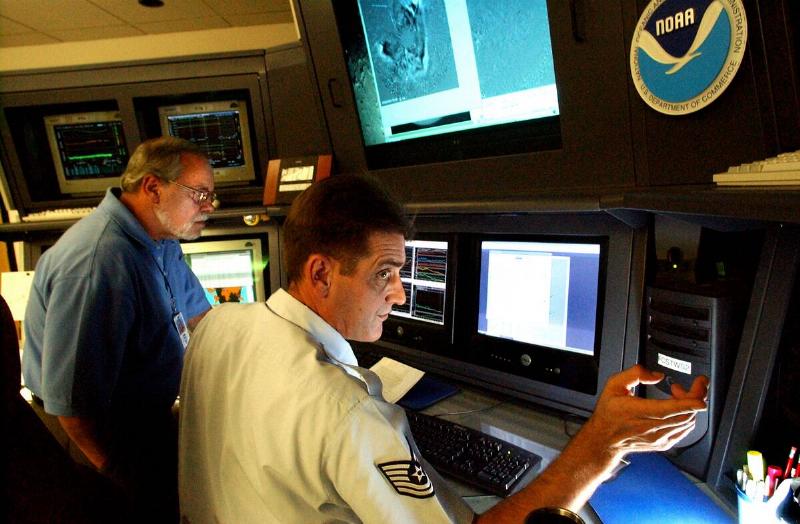“Decades Later: New Evidence Unveils the Mysterious Origin of the Ocean’s ‘Bloop’ Sound—What Scientists Discovered Will Shock You!”
A sleeping giant

While it was likely satisfying to uncover the source of the “bloop” at long last, that wasn’t all that this acoustic analysis uncovered.
In Dziak’s words, “It became clear that the sounds of ice breaking up and cracking is a dominant source of natural sound in the southern ocean.”
More common than it seems

Despite how long it took to determine what an icequake sounds like, it’s actually a pretty common occurrence in the world’s polar regions.
As Dziak said, “Each year there are tens of thousands of what we call ‘icequakes’ created by the cracking and melting of sea ice and ice calving off glaciers into the ocean, and these signals are very similar in character to the Bloop.”
Growing more common all the time

According to the NOAA, these icequakes have become more frequent in recent decades as the global effects of climate change become more apparent.
As glaciers experience more ice melting, icebergs are more likely to break off from them and eventually melt into the ocean.
Putting the wilder theories to bed

Although NOAA scientists never considered the undiscovered beast or secret military experiment theories plausible, this discovery made them even more unlikely.
Considering how well the icequake sounds matched the “bloop,” there was only a remote possibility that it could have come from any other source.
Suspected all along

One revelation that Dziak shared with Wired was that while the PMEL team who uncovered the “bloop’s” origin were eager to do so, the eventual answer didn’t exactly shock them.
Indeed, the best guess at the NOAA for years before that confirmation came was that naturally breaking ice was responsible for the noise.
Still fascinating to learn about

Although it may have been disappointing for some to learn that the truth was a little less fantastical than their theories, there’s always some real satisfaction in solving a mystery.
And barring an unexpected development in the future, this is one mystery that can be considered solved.
PMEL’s work continues

Although it doesn’t sound like they have many decade-spanning mysteries to solve, PMEL’s Acoustics Program continues developing technologies to better capture and analyze long-term data sets indicating sonic changes in the ocean.
If the story of the “bloop” makes anything clear, it’s that those sounds can be surprisingly eloquent regarding how both humanity and natural processes can affect marine environments.




















